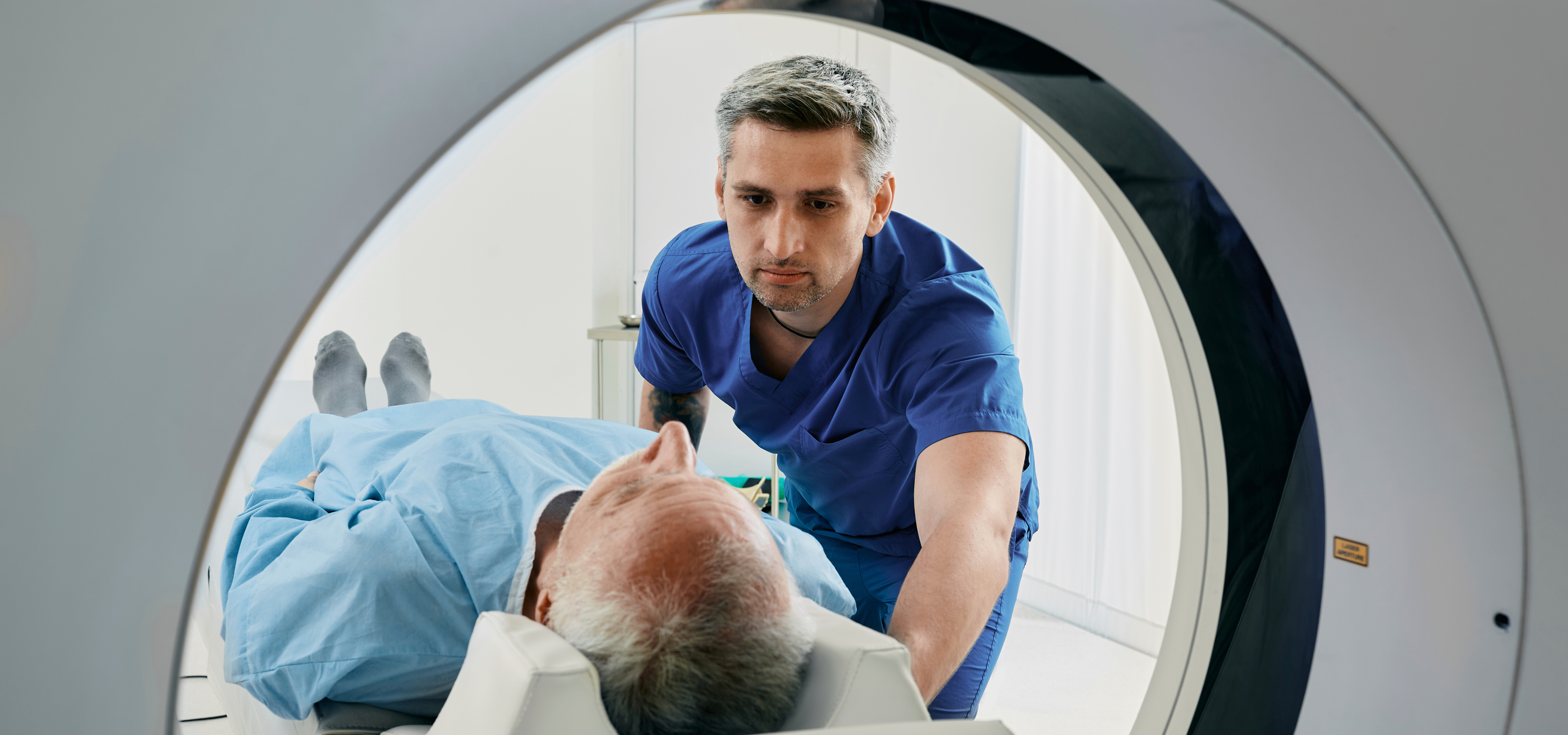The regulation of radiographers in the United Kingdom is overseen by the Health and Care Professions Council (HCPC), a statutory regulatory body. The HCPC ensures that radiographers meet specific standards of education, training, and professional conduct, aiming to safeguard the well-being of patients and maintain the integrity of the radiography profession. Here are key aspects of the regulation of radiographers in the UK:
1. Health and Care Professions Council (HCPC):
- The HCPC is the regulatory body responsible for setting and maintaining standards for radiographers in the UK. It operates under the Health and Social Work Professions Order 2001.
2. Registration:
- Radiographers must be registered with the HCPC to practice legally in the UK. Registration is a mandatory process that involves meeting educational and training requirements, as well as demonstrating proficiency in clinical practice.
3. Standards of Proficiency:
- The HCPC sets Standards of Proficiency specific to radiographers. These standards outline the essential skills, knowledge, and attributes that radiographers must possess to provide safe and effective care. Radiographers are required to meet and maintain these standards throughout their careers.
4. Continuous Professional Development (CPD):
- Radiographers are obligated to engage in continuous professional development to stay current with advancements in the field. CPD activities include training, workshops, and educational pursuits that contribute to ongoing professional growth and competence.
5. Codes of Conduct and Ethics:
- The HCPC provides radiographers with a Code of Conduct and accompanying Standards of Conduct, Performance, and Ethics. These documents outline the professional responsibilities and ethical principles that radiographers must adhere to in their practice.
6. Fitness to Practice:
- The HCPC monitors the fitness to practice of registered radiographers. This involves assessing their health, conduct, and performance to ensure that they are capable of providing safe and effective care.
7. Complaints and Disciplinary Procedures:
- The HCPC has established procedures for handling complaints against radiographers. Investigations into allegations of professional misconduct are conducted, and the HCPC has the authority to take disciplinary action if necessary.
8. Radiography Education and Training:
- The HCPC sets standards for education and training programs in radiography to ensure that aspiring radiographers receive high-quality preparation for their careers. Approved programs must meet specific curricular requirements and provide practical experience through clinical placements.
9. Radiation Protection:
- Radiographers work with ionizing radiation, and compliance with radiation protection regulations is crucial. This includes adherence to the Ionising Radiations Regulations 2017 to minimize radiation exposure risks for both patients and radiographers.
10. Quality Assurance and Audit:
- Radiographers participate in quality assurance and audit processes to assess and enhance the quality of imaging services. This involves reviewing protocols, equipment performance, and patient outcomes to ensure the accuracy and safety of diagnostic services.
11. Collaboration with Multi-disciplinary Teams:
- Radiographers often work collaboratively with other healthcare professionals in multidisciplinary teams. Effective communication and collaboration contribute to comprehensive patient care and accurate interpretation of imaging results.
In summary, the HCPC’s regulatory oversight ensures that radiographers in the UK adhere to high standards of professionalism, competency, and ethical conduct. By setting and enforcing these standards, the HCPC promotes the delivery of safe and effective radiography services, upholding the trust of patients and the public in the healthcare system. Radiographers, in turn, play a vital role in healthcare by contributing to accurate diagnostics and patient care.



